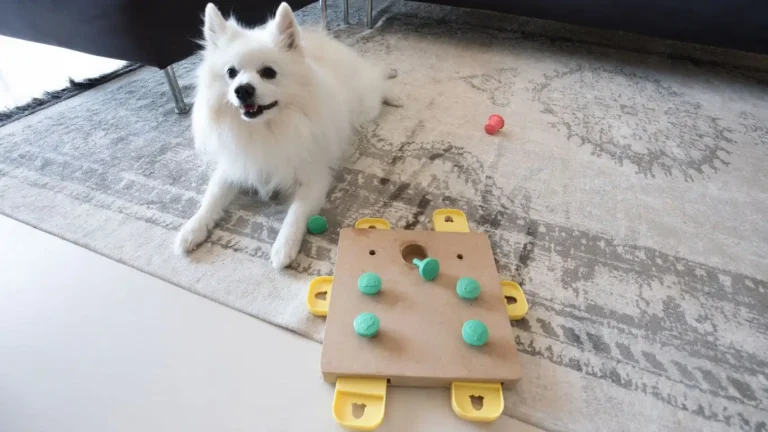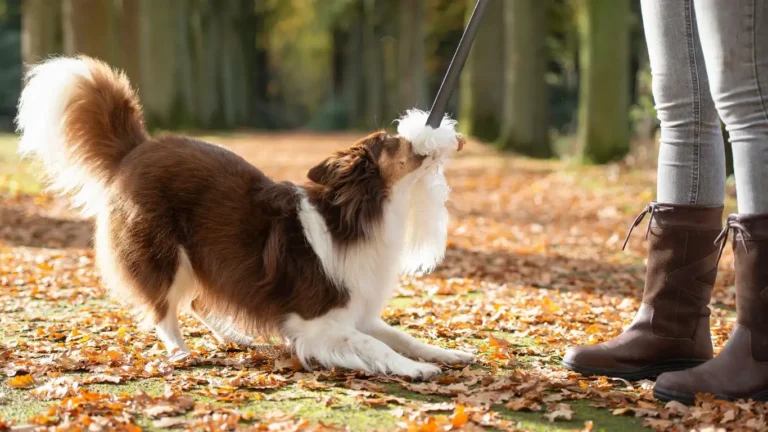How to Train a Dog to Avoid Certain Areas of Your Home with Ease
When it comes to training a dog to avoid certain areas of the home, it can feel like a never-ending battle of wills. Dogs are naturally curious creatures, and when they find a new area to explore, they want to check it out—especially if it’s off-limits. As a Canine-Assisted Therapy Trainer, I’ve worked with many dog owners on this issue, and trust me, you’re not alone. The good news is, with the right strategies and a little patience, it’s completely possible to teach your dog where they are and aren’t allowed to go. In this guide, I’ll walk you through the methods that have worked best in my experience, along with tips for ensuring your dog understands the rules and respects boundaries in your home. Let’s dive in!
Understanding the Need for Boundaries in the Home
Before we jump into the specifics of how to train your dog to avoid certain areas of the home, let’s take a moment to talk about why boundaries are so important. Dogs are social animals, and they thrive on structure and routine. In a way, boundaries help provide a sense of security and consistency for your dog. Without clear guidelines, dogs can become anxious, disoriented, or even territorial. And when it comes to training your dog to avoid certain areas, you’re not only preventing unwanted behavior but also creating a safe, well-adjusted environment for your pup.

The Psychology Behind a Dog’s Desire to Explore
Dogs are curious by nature, which is part of the reason why they often end up in places they shouldn’t be. Whether it’s your kitchen counter, a bedroom, or even a certain part of the yard, dogs are constantly seeking out new experiences and scents. In their eyes, everything is an opportunity to explore, and they don’t always understand that some areas are off-limits. Understanding this instinct is essential when training them. After all, they don’t mean to misbehave; they just have a natural desire to explore their environment.
Setting Up Your Home for Success
One of the first things you need to do before you even begin training your dog is to set up your home in a way that helps prevent temptation. If you can make it harder for your dog to access certain areas, you’ll have a much easier time with the training process. This may include using baby gates, closing doors, or setting up physical barriers that will help create a visual and physical separation between your dog and the restricted areas.
Start with Clear Physical Boundaries
Using physical barriers like gates or doors can be an excellent first step in teaching your dog where they can and can’t go. This is particularly useful in areas like the kitchen or a specific room in your home. Dogs are visual learners, and the more they see that certain spaces are restricted, the more they’ll start to understand that these areas are off-limits.
- Baby gates: These are a simple yet effective tool to block off entry into certain rooms.
- Closed doors: Sometimes, the most basic solution is to simply close a door to keep your dog from entering.
- Play pens: If you’re training a puppy or a dog that’s prone to wandering, a play pen can provide a confined space where they feel safe but aren’t able to roam freely.
Use Furniture and Household Items
When setting up boundaries, consider rearranging your furniture or using household items to create an obstacle course for your dog. For example, placing a large chair or couch near a doorway can make it more difficult for your dog to access a certain room. While this might not be a permanent solution, it can help reinforce the idea that certain areas are restricted.

Training Techniques for Teaching Your Dog to Avoid Certain Areas
Once you’ve set up some physical boundaries in your home, it’s time to move on to the training itself. The key to success here is consistency and positive reinforcement. With these two techniques in mind, you’ll be able to effectively teach your dog to avoid certain areas of the house.
Positive Reinforcement: Rewarding Good Behavior
Positive reinforcement is one of the most powerful tools in any dog trainer’s arsenal. When your dog exhibits the desired behavior—such as staying away from a restricted area—be sure to reward them immediately with treats, praise, or affection. This will help your dog understand that staying out of certain areas results in positive outcomes, making them more likely to repeat the behavior in the future.
Pro tip: Timing is everything. If you reward your dog too late, they might not connect the reward with the behavior you’re trying to reinforce. Aim to reward them within a few seconds of the desired behavior.
Use “Leave It” or “Off” Commands
Another useful technique is to teach your dog specific verbal cues like “leave it” or “off.” These commands are perfect for situations where your dog is heading toward an off-limits area. With consistent training, your dog will learn that hearing these words means they need to stop and move away from whatever they’re doing. As with all commands, be sure to practice regularly and reward your dog for following through.
Redirecting Behavior
If your dog does slip into a restricted area despite your best efforts, don’t panic. Instead, gently redirect them back to the allowed areas and offer a reward when they comply. The key here is to remain calm and patient—this isn’t about punishment, it’s about teaching your dog where they’re allowed to go. Redirecting your dog with a toy, treat, or even a fun game can help them associate the act of leaving the restricted area with something positive.
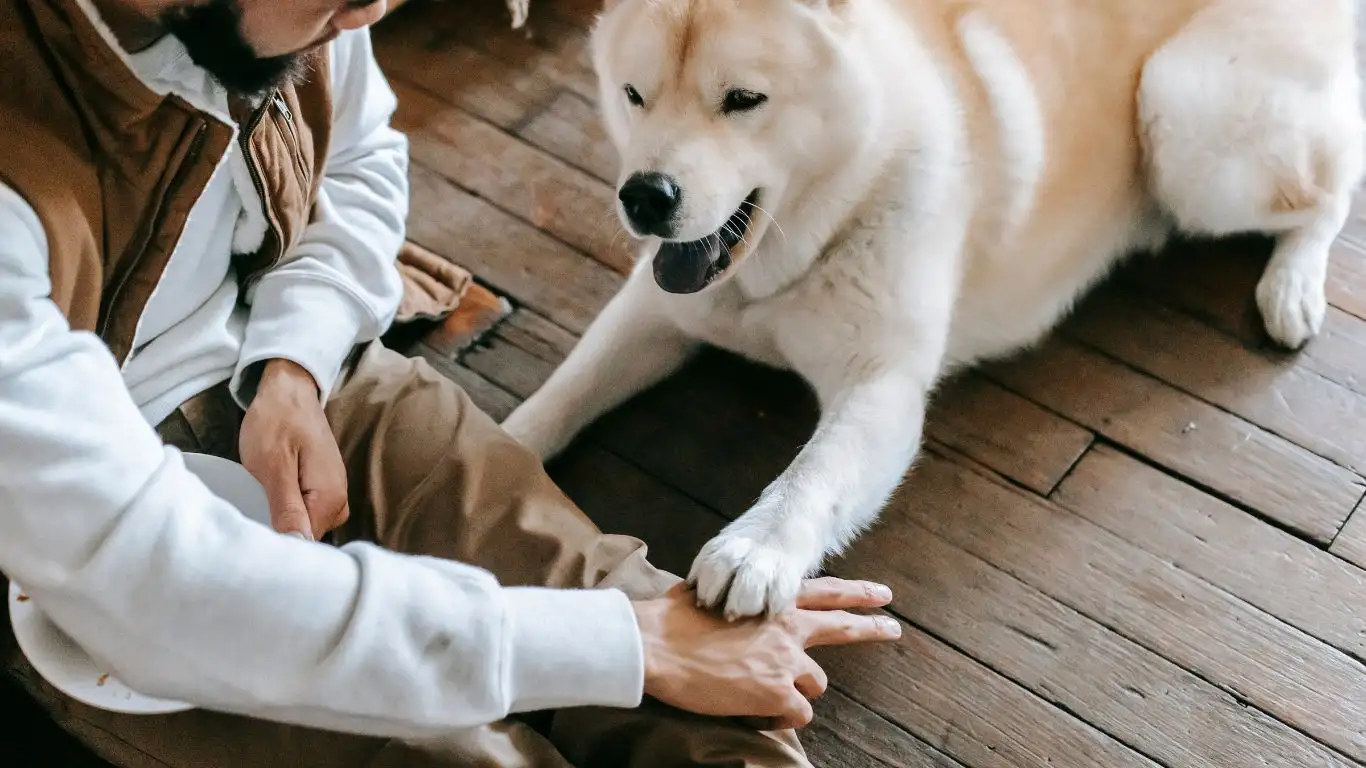
Consistency is Key: How to Reinforce Boundaries Over Time
Now that you’ve started setting up your home with physical barriers and have introduced some basic training techniques, let’s talk about the importance of consistency. This is absolutely essential when training your dog to avoid certain areas of the home. Dogs thrive on routine, and the more consistently you enforce the rules, the more likely your dog is to catch on. You can’t expect them to learn overnight, and skipping steps or being inconsistent can confuse them and set back progress.
Daily Practice: Keep the Training Going
Just like with any other dog training, practice is vital. Make sure that you’re providing consistent reinforcement of the boundaries you’ve set up. Even after your dog starts to understand where they’re not supposed to go, continue to practice and monitor their behavior. Whether it’s through commands, rewards, or physical barriers, the more you reinforce the lesson, the clearer the boundaries will become for your dog.
Personally, I’ve found that keeping training sessions short and sweet is the best approach. Dogs have limited attention spans, especially in the beginning stages of training, so aim for 5-10 minute training sessions spread throughout the day. Overloading your dog with too much training at once can cause them to become frustrated or overwhelmed. By keeping sessions brief but frequent, you ensure your dog stays engaged and focused.
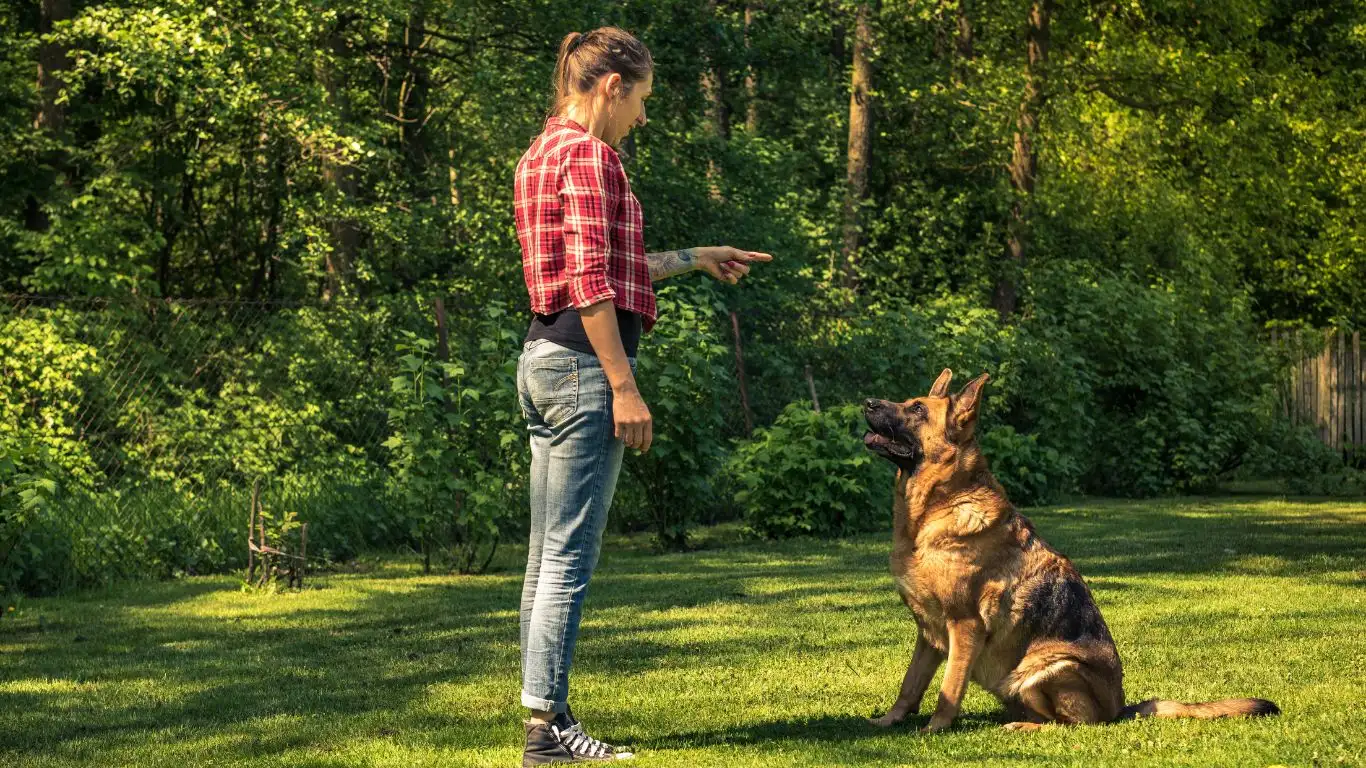
Establishing a Routine: Make Boundaries a Part of Daily Life
When I work with clients, one thing I always emphasize is the importance of making boundary training a part of everyday life. Don’t think of it as just something you do during a scheduled training session—integrate it into your routine. For example, every time you enter or leave a room, use your dog’s command words like “leave it” or “stay.” It’s small, but these moments add up and gradually build a more intuitive understanding for your dog.
Also, consider your own actions. If you let your dog into a restricted area occasionally “just this once,” it can send mixed signals. Dogs are incredibly good at picking up on inconsistencies in behavior. To them, allowing access to an area once in a while might suggest that the boundary is negotiable. To prevent confusion, be firm and consistent with your rules. If an area is off-limits, make sure it stays off-limits every single time.
Using Positive Distractions to Shift Focus
One method that can be particularly effective when training a dog to avoid certain areas is to use positive distractions. This is something I personally use with great success when working with more energetic dogs who have a tendency to bolt toward restricted areas, like the kitchen or the bedroom. By redirecting your dog’s attention to something more interesting or rewarding, you can break the cycle of undesirable behavior and lead them back to a more appropriate activity.
Interactive Toys and Food Dispensing Puzzles
One of my favorite tricks for keeping a dog focused and engaged in the right area is using interactive toys. These toys are great for keeping your dog mentally stimulated and can provide a distraction if they’re fixated on an off-limits area. Think of food-dispensing toys or treat puzzles, which make your dog work for their reward. These can keep them occupied for a long time, and in the meantime, they’ll stay out of those restricted zones you’ve worked so hard to establish.
- Kong toys: These are classic favorites. Fill them with peanut butter or treats to give your dog something to focus on while you redirect them away from restricted areas.
- Snuffle mats: These mats are great for mental stimulation. You can hide treats in the folds and let your dog sniff and search for their reward.
- Puzzle feeders: These require your dog to figure out how to access the food inside. It’s like a mini-challenge for them, and it can be a great way to tire them out mentally.
Redirecting Attention with Play
If toys aren’t enough to shift your dog’s focus, try engaging them in a game they love. Fetch, tug-of-war, or hide-and-seek are all great options. By associating the “leave it” command or the boundary enforcement with something fun and exciting, your dog is more likely to be enthusiastic about following the rules. The goal is to teach your dog that staying away from certain areas doesn’t mean they’re missing out on fun—it’s just a part of the game.
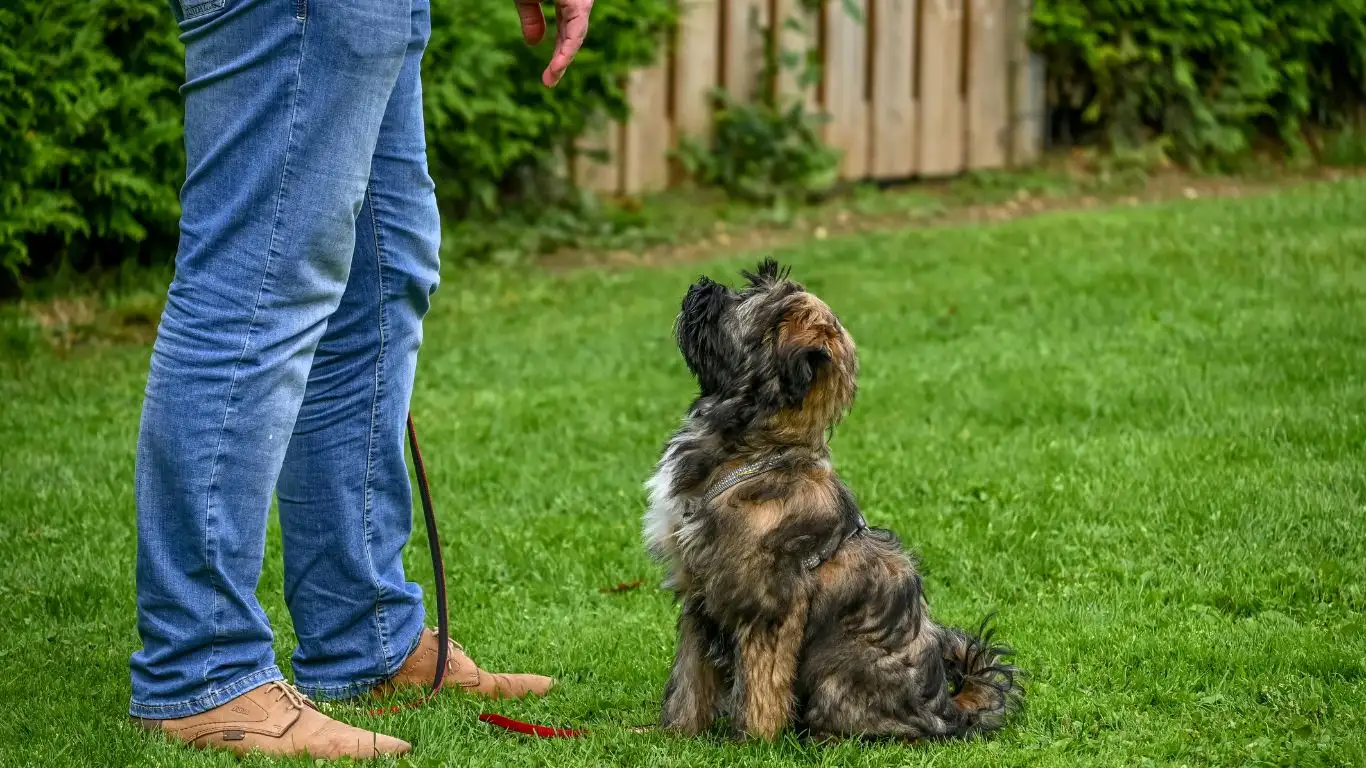
Common Mistakes to Avoid When Training Your Dog
When it comes to training your dog to avoid certain areas of the home, there are a few common mistakes that many pet owners make. These mistakes can set your training progress back and make the process more challenging than it needs to be. Here are a few things to watch out for:
Inconsistency with Commands
One of the biggest mistakes I see is being inconsistent with commands. If you use the “leave it” or “stay” command, but sometimes allow your dog to wander into restricted areas anyway, you’re sending mixed signals. Over time, this inconsistency will confuse your dog, making it harder for them to understand what they should and shouldn’t do. Keep your commands clear, firm, and consistent, so your dog can start to build a strong association between the command and the action.
Using Punishment Instead of Positive Reinforcement
While it might seem tempting to scold or punish your dog when they break the rules, this can be counterproductive. Dogs don’t always associate punishment with the behavior you’re trying to correct, especially if there’s a delay between the action and the consequence. Instead, focus on positive reinforcement. Reward your dog when they follow the rules, and they’ll start to see the benefits of sticking to the boundaries you’ve set up.
Not Being Patient Enough
Training takes time, and sometimes it can feel like your dog just isn’t getting it. But trust me, consistency and patience will pay off. As frustrating as it might be, remember that training isn’t a race. Your dog needs time to learn and absorb new information. Keep reinforcing the boundaries, and eventually, your dog will understand exactly where they’re allowed to go and where they aren’t.
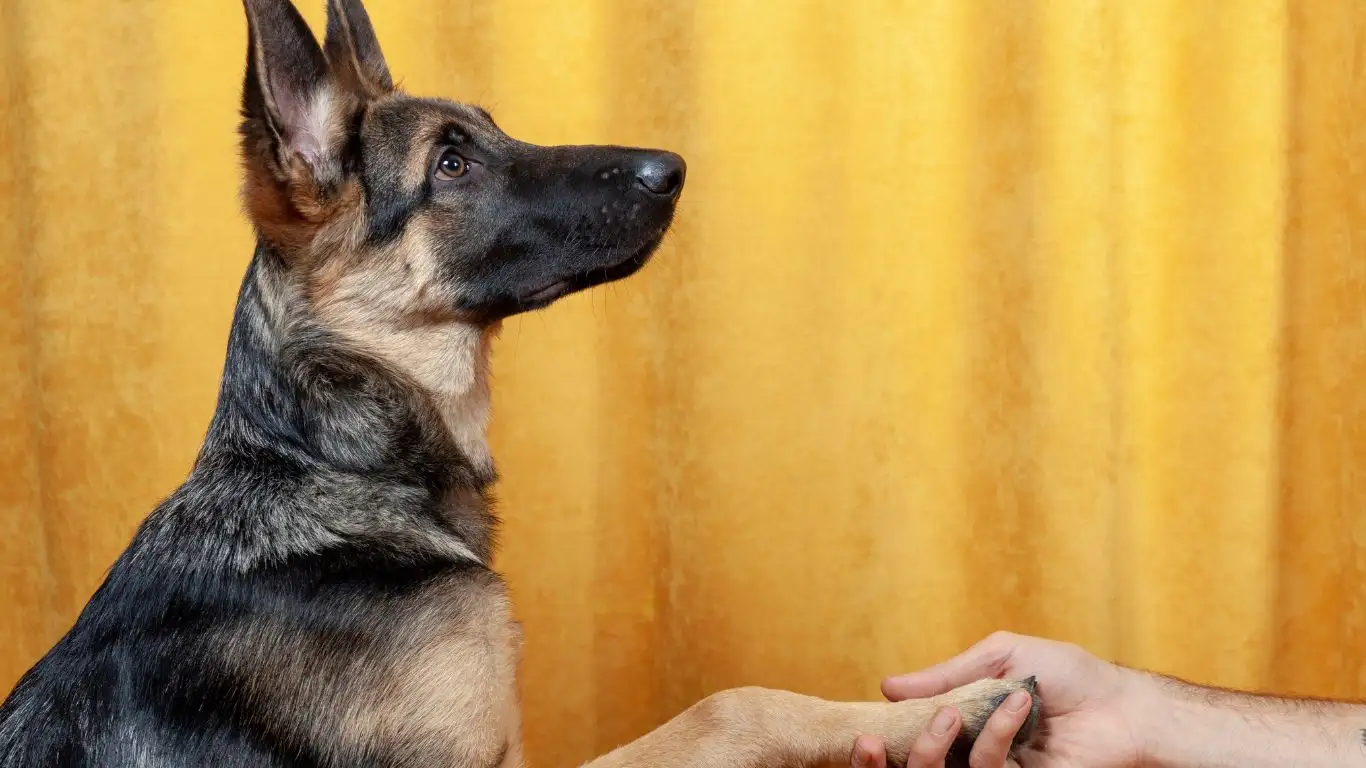
Addressing Setbacks: What to Do When Progress Slows
Training a dog to avoid certain areas of the home isn’t always a smooth journey. Just like people, dogs have their good days and bad days, and there will inevitably be some setbacks along the way. Don’t get discouraged if things don’t go as planned or if your dog seems to regress. It’s completely normal, and part of the process. The key is to stay consistent and keep the training fun and positive. So, let’s look at a few things you can do when progress seems to slow down or when setbacks arise.
Stay Calm and Don’t Resort to Punishment
As tempting as it might be to react with frustration when your dog ignores the boundaries you’ve set, it’s crucial to remain calm. Dogs are incredibly sensitive to their owner’s emotions. If you get upset or show signs of frustration, your dog may pick up on this and become anxious, which can interfere with their learning process. Instead of punishing your dog, take a step back, reassess your approach, and stay consistent with positive reinforcement.
From my own experience as a Canine-Assisted Therapy Trainer, I’ve learned that getting upset never works in the long run. Dogs don’t understand punishment in the same way humans do. Instead, they learn through association and repetition. For example, if your dog sneaks into a room they shouldn’t be in, calmly guide them out and reinforce the “leave it” command. The more consistently you handle these situations without reacting emotionally, the more your dog will understand what’s expected.
Reevaluate Your Training Approach
Sometimes, a slowdown in progress can be a sign that it’s time to change your training approach. Maybe your dog is no longer motivated by the treats you’re using, or perhaps they’ve started to ignore the commands because they don’t see enough value in following them. This is where flexibility comes into play. You might need to adjust the reward system to keep things interesting.
For instance, if your dog is getting bored of treats, try varying the rewards. Instead of just food, offer their favorite toy or extra playtime. Dogs, like us, can get bored of the same routine, so it’s helpful to keep things dynamic and fun. I’ve had clients whose dogs didn’t seem motivated by food but would do anything for a game of fetch or a belly rub. The more you tailor the reward system to your dog’s preferences, the more effective your training will be.
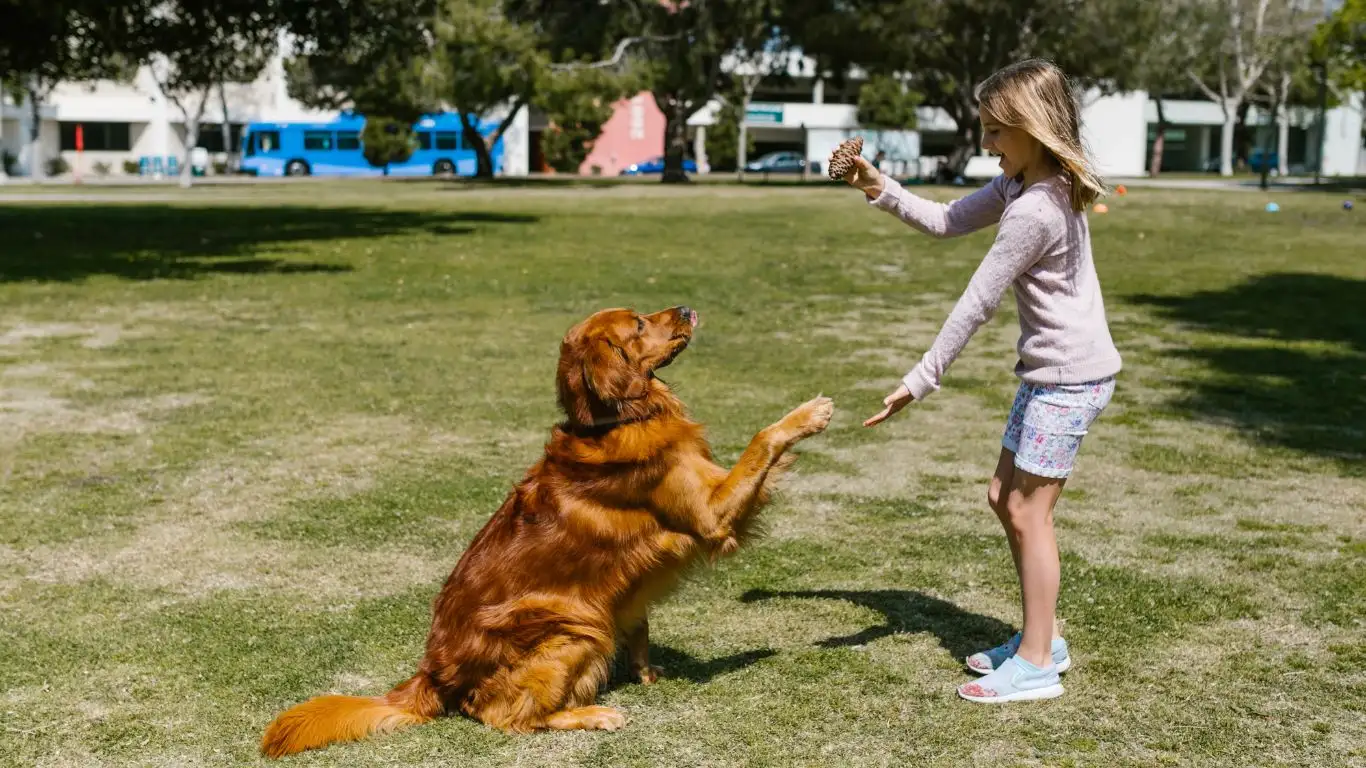
When to Seek Professional Help
If you’ve been consistent with your training and still aren’t seeing the results you want, it might be time to bring in a professional. Some dogs may have specific behavioral issues or anxiety that require more specialized training techniques. There’s absolutely no shame in asking for help from a professional trainer if you feel you’re hitting a wall. In fact, seeking professional guidance early can prevent problems from becoming ingrained in your dog’s behavior.
Behavioral Consultation
If your dog is struggling with more than just avoiding certain areas, such as exhibiting signs of anxiety, aggression, or fear, a behavioral consultation could be beneficial. A certified dog trainer or behaviorist can assess your dog’s behavior and create a customized training plan. For example, some dogs may be fearful of certain areas, especially if they associate those places with past negative experiences. A professional trainer will be able to identify these triggers and help you address them more effectively.
Group Classes vs. One-on-One Sessions
When seeking professional help, you’ll often be faced with a choice between group classes or one-on-one sessions. Group classes can be a great way to teach your dog basic obedience and socialization, but for more specific issues like avoiding certain areas, one-on-one sessions may be more effective. These personalized sessions allow the trainer to focus on the unique dynamics between you and your dog and create a plan tailored to your needs.
Personally, I’ve found that one-on-one sessions often yield quicker results when it comes to addressing specific behavioral issues. However, every dog is different, so it’s important to choose the training method that works best for your individual situation.
Maintaining Boundaries Long-Term
Once your dog has learned to avoid certain areas of the home, it’s important to keep the boundaries maintained over the long term. Training doesn’t end once your dog seems to “get it”—you’ll need to continue reinforcing these rules so that they stick. The good news is that as long as you remain consistent and keep the environment engaging, your dog will continue to respect the boundaries you’ve set up.
Continue to Practice Regularly
Even after your dog has successfully learned to avoid certain areas, it’s important to practice regularly. As I always tell my clients, training is an ongoing process. A quick daily refresher can be just enough to ensure your dog doesn’t forget their boundaries. Regular practice doesn’t need to take much time—just a few minutes each day can reinforce the behavior and keep it fresh in your dog’s mind.
It’s also important to be mindful of any changes in your dog’s behavior. For example, if you’ve recently moved into a new house or made changes to the layout of your home, your dog may need a little extra time to adjust to the new boundaries. Make sure you reintroduce the training process and set up new physical barriers if needed.

References
Disclaimer
The information provided in this article is for educational purposes only and is not intended as a substitute for professional veterinary advice, diagnosis, or treatment. Always seek the advice of your veterinarian or a certified dog trainer with any questions you may have regarding your pet’s health or behavior. Never disregard professional advice or delay seeking it because of something you have read in this article.



